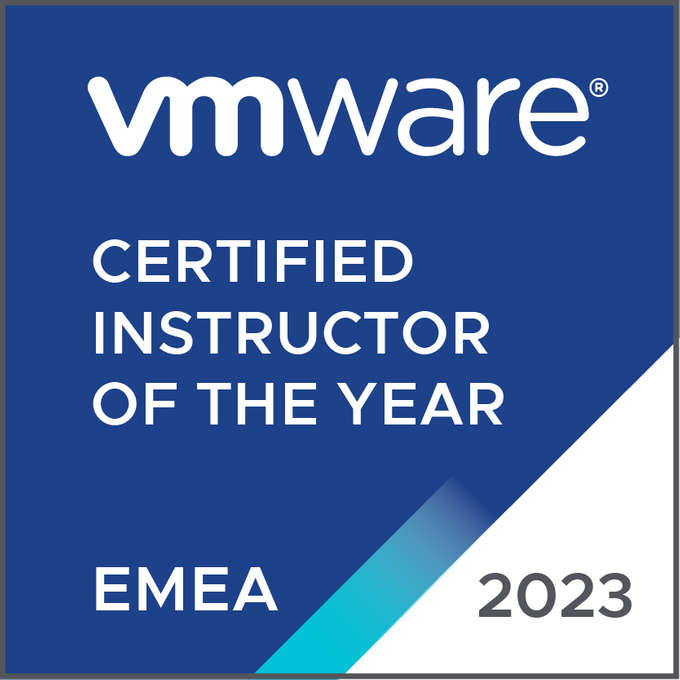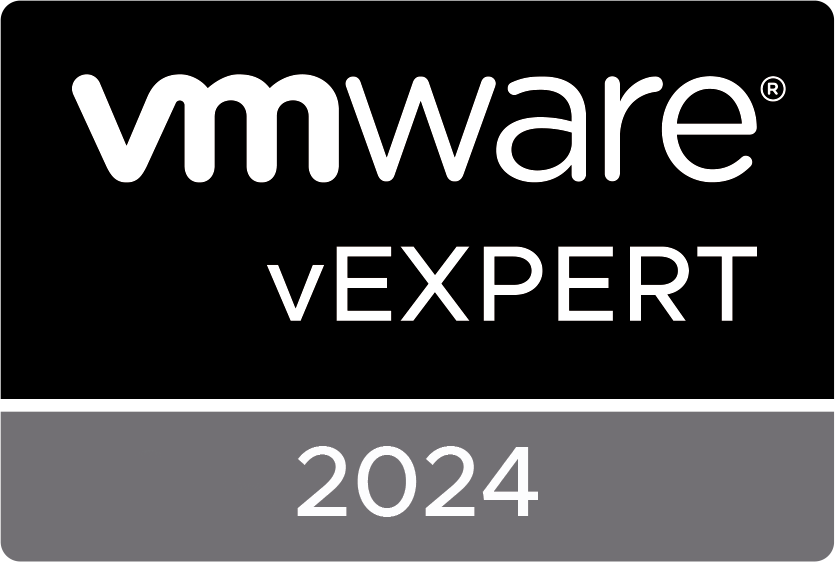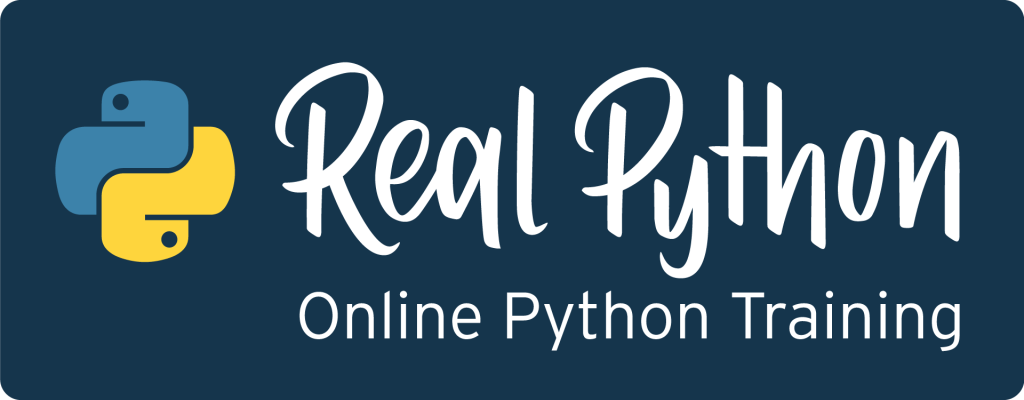The VMware Cloud Infrastructure Architecture Case Study Series was developed to provide an understanding of the various components of the CIS. The goal is to explain how these components can be used in specific scenarios, which are based on real-world customer examples and therefore contain real-world requirements and constraints. This document is the first in a series of case studies, with each case study focusing on a different use case with different requirements and constraints.
This document provides both logical and physical design considerations encompassing components that are pertinent to this scenario. To facilitate the requirements of this case study, these considerations and decisions are based on a combination of VMware best practices and specific business requirements and goals. Cloud infrastructure–related components, including requirements and specifications for virtual machines and hosts, security, networking, storage, and management, are included in this document.



